Spring arrives
As James mentioned earlier, Spring officially started this morning at 12:48 am CDT, when the sun was directly over the equator. Today is known as the vernal equinox, when everywhere on earth receives exactly 12 hours of daylight (we actually get a little bit more, due to light refraction around the edges of the earth).
The U.S. Naval Observatory produces computer-generated images, similar to the “Geochrons” often seen in CIA movies (Tom Clancy movies, “Three Days of the Condor”), which shows where it is day and night all over the world. Below is the image from 1905 UTC (2:05 pm CDT) today, and from the same time on December 20. Notice how the sun was concentrated in the southern hemisphere then, with the Arctic circle completely in winter night, but the sun is now evenly distributed.
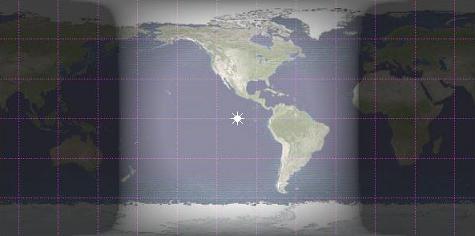
Mar 20
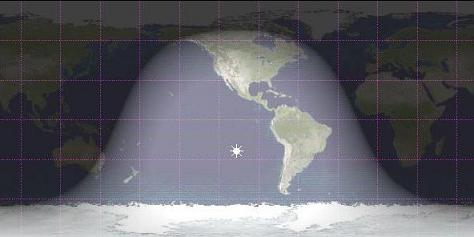
Dec 20
The same US Navy website also produces images of the earth as it would look from the sun. Below are two 24-hour loops, one on Mar 20 and one on Dec 20.
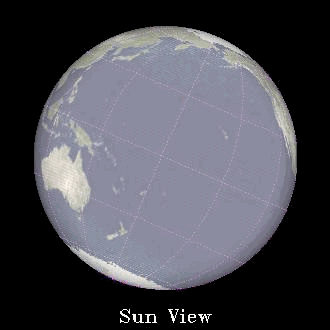
Mar 20
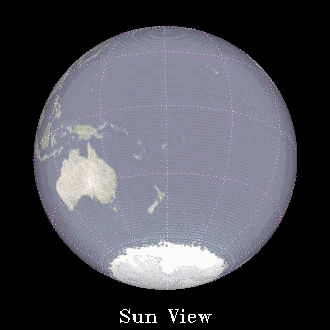
Dec 20
One can see the equal sunlight from north to south on the GOES satellite, which stays in a fixed position relative to the surface of the earth.
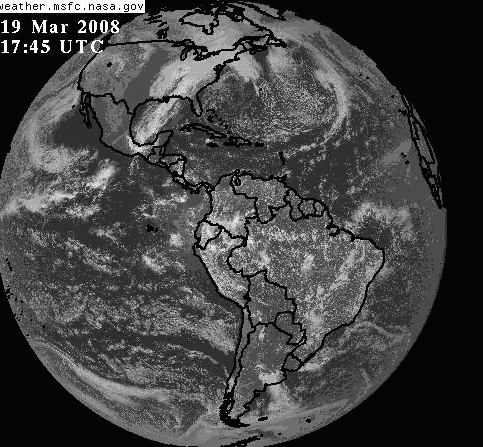
Now that the sunlight is so far north, the MODIS high-resolution color satellite, which flies around the earth taking photos several times a day, can see the solid ice in northern Canada. The image below was taken yesterday. You can see Hudson Bay (frozen), but it’s hard to tell the difference between land and water in northern Canada, since everything is either frozen or covered in snow.
Finally, you can really see the effects of the changing sun angle here in Alabama. Our days have already gotten 2 hours longer, and we’re gaining about 2 minutes of daylight per day. The sun is also stronger, since it’s higher in the sky and less spread out. Take a look at the solar energy measurements from the UAH MIPS, from December 17 2007, and March 20 2008.
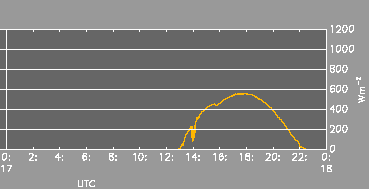
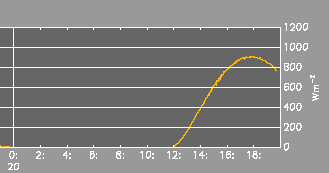
The incoming solar energy at noon has gone from 550 W/m2 in December to near 900 W/m2 today. Integrating this out, and taking into account the longer day, the amount of solar energy coming in each day has roughly doubled.
Category: Met 101/Weather History


















